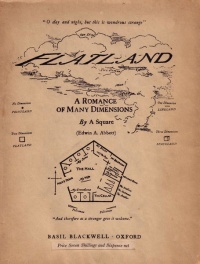Hierarchy
From The Art and Popular Culture Encyclopedia


.jpeg)

|
Related e |
|
Featured: |
A hierarchy (Greek: hierarchia (ἱεραρχία), from hierarches, "leader of sacred rites", ultimately from hieros, sacred) is an arrangement of items (objects, names, values, categories, etc.) in which the items are represented as being "above," "below," or "at the same level as" one another. Abstractly, a hierarchy can be modelled mathematically as a tree structure.
Almost every system within the world is arranged hierarchically. By their common definitions, every nation has a government and every government is hierarchical. Socioeconomic systems are stratified into a social hierarchy (the social stratification of societies), and all systematic classification schemes are hierarchical. Most organized religions operate as a hierarchy under God. Families are viewed as a hierarchical structure in terms of cousinship, ancestry (as depicted in a family tree) and inheritance. All the requisites of a well-rounded life and lifestyle can be organized using Maslow's hierarchy of human needs. Learning must often follow a hierarchical scheme. Even nature itself has its own hierarchies, as demonstrated in numerous schemes such as Linnaean taxonomy, the organization of life, and biomass pyramids. Hierarchies are so infused into daily life that they are viewed as trivial.
Most library classification systems are also hierarchical. The Dewey Decimal System is regarded as infinitely hierarchical because there is no finite bound on the number of digits can be used after the decimal point.
Alternatives
- Rhizome (philosophy)
- Democracy
- Anarchism as a social/political theory and practice
- Peer-to-peer networks
See also
- Hierarchy of Cuckoldry (1924) by Charles Fourier
- Highbrow/Lowbrow: The Emergence of Cultural Hierarchy in America (1988) by Lawrence W. Levine
- Ontology
- Power
- We're tired of trees
- Interconnectedness
- Hierarchy of the arts
- Figurative system of human knowledge

